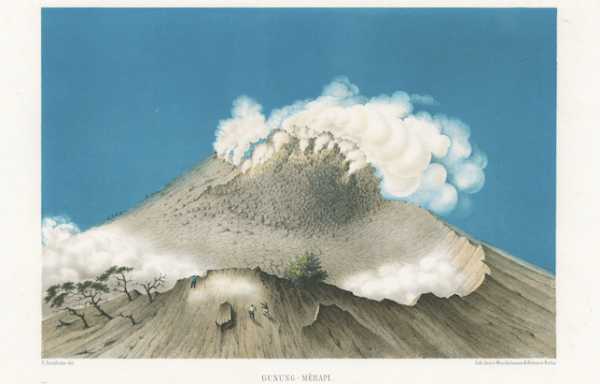Tourism and Cultural Heritage: A Case Study on the Explorer Franz Junghuhn

A major challenge in the area of tourism and urbanisation is the object of touristic experience
The rapid growth of tourism and urban development puts the driving force of tourism – its content – under pressure. The development of significant and meaningful environments, themes, attractions and itineraries is an important aspect of fulfilling the demand of tourism. This research project aims to provide more knowledge by studying – and developing – a particular case of heritage tourism in Southeast Asia.
We focus on the German explorer Franz Wilhelm Junghuhn (1809-1864). Junghuhn spent almost his entire life as a doctor and explorer in the service of the Dutch colonial authorities on the island of Java. His legacy in the realm of cartography, botany, geology and writing can only be compared to the role of Thomas Stamford Raffles, Alfred Russel Wallace or Alexander von Humboldt. In fact, he was often called the “Humboldt of Java” but he remains in the shadow of his famous peers mainly because his writings were exclusively in Dutch and German. We use Junghuhn as an imaginary guide and as an exemplary figure in order to find out more about the relation between tourism, travel, research, and about the way sites have been transformed into sights and tourist attractions.
The project is structured around the vision for a (possible) museum, which could be erected for Junghuhn – not about him – in order to link the present interest with the past. In view of accumulating artifacts, images, and narratives, the project consists of a series of expeditions from Singapore to Java. Each expedition features a group of international scholars from different fields, such as architecture, urbanism, art, volcanology, literary history, music, ethnography and history. The groups follow the traces of Junghuhn.
The scope is to understand connections between cultural heritage, landscape, political history, art, and society and to critically reflect the way architects, but also tourists in general, travel, perceive their environment and represent their discoveries.
The project is conceived as an exemplary study which contributes to Singapore’s articulation and representation of its cultural heritage.
Follow the project on external pageFacebookcall_made
Gallery: Tourism and Cultural Heritage


